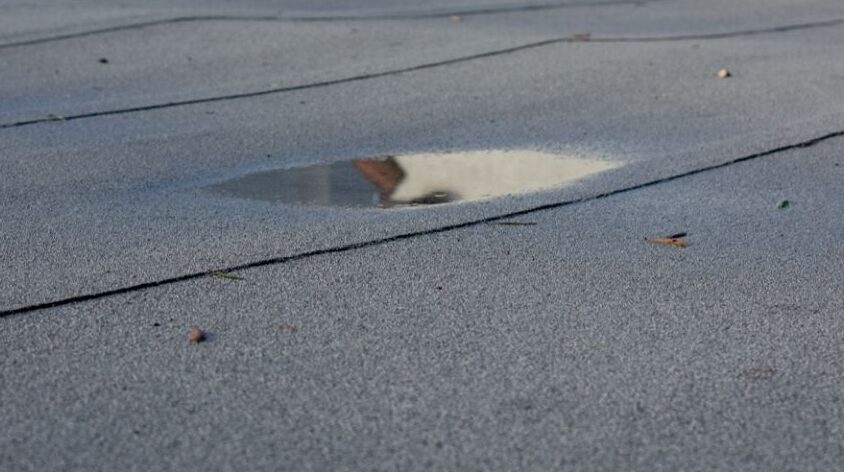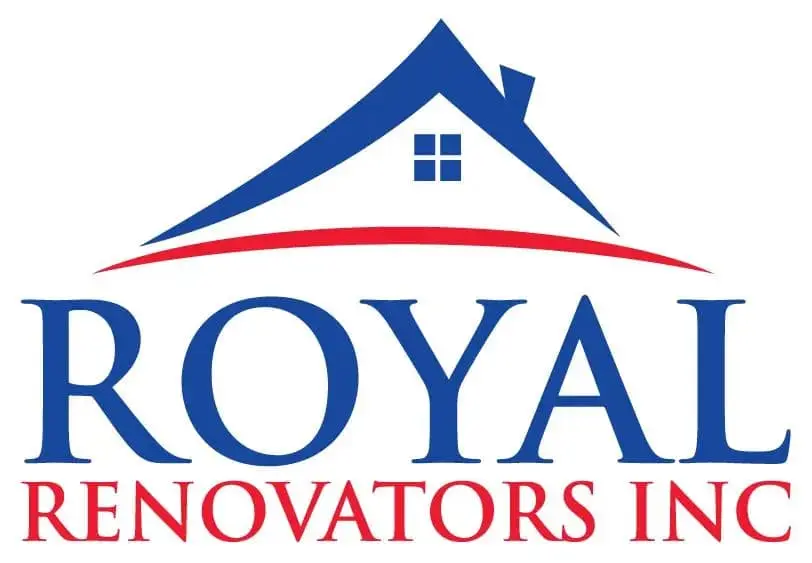The Vital Role Of Proper Drainage For Your Flat Roof

Flat roofs, known for their sleek design and space-efficient utility, have gained popularity in modern architecture. However, beneath their visual appeal lies a critical aspect that can significantly impact the longevity and integrity of these structures – proper drainage. The importance of efficient water management on a flat roof cannot be overstated. Ensure to call an expert roofer to install a proper drainage in your flat roof. In this article, we delve deep into the pivotal role of proper drainage for flat roofs, examining its significance, common challenges, effective solutions, and the long-term benefits it brings to both residential and commercial properties.
The Weight Of Water Woes:
While flat roofs are designed with a subtle slope to facilitate water runoff, their horizontal orientation makes them susceptible to water accumulation. Stagnant water, if not properly drained, exerts undue stress on the roof structure, potentially leading to sagging, leaks, and even structural damage. The weight of water pooling on a flat roof is more than just an inconvenience; it’s a risk to the safety and longevity of the entire family building.
Importance Of Efficient Drainage:
The critical role of proper drainage extends beyond mere aesthetics. Efficient drainage is pivotal for the health of your flat roof and the well-being of your property:
- Leak Prevention: The significance of proactive measures against leaks cannot be overstated. Even seemingly insignificant pockets of pooled water possess the ability to infiltrate the tiniest of gaps, insidiously making their way through seams, joints, and other vulnerable points in your roofing structure. These leaks can wreak havoc within the interior spaces of the building, ushering in a realm of concerns, including mold growth that thrives in moist environments and the gradual compromise of insulation’s efficacy, further escalating energy costs and diminishing comfort levels.
- Structural Integrity: It’s not just leaks that demand your vigilance; the prolonged presence of water on your roof’s surface can exert a deleterious impact on the very structural fabric of your roofing system. These compromised materials in turn pave the path for the erosion of structural integrity, introducing the unsettling specter of a roof no longer able to adequately support the demands placed upon it.
- Energy Efficiency: Flat roofs with inadequate drainage can lead to water infiltration, saturating insulation materials and reducing their thermal resistance. The result is increased energy consumption as heating and cooling systems struggle to maintain desired indoor temperatures.
- Longevity: A well-maintained flat roof can last for decades, but improper drainage accelerates the aging process. Excessive water exposure can lead to premature deterioration, necessitating costly repairs or replacements well before their expected lifespan.
- Common Drainage Challenges: Understanding the common drainage challenges that flat roofs face is essential for addressing them effectively:
- Design Considerations: The foundation of proper drainage lies in the initial roof design. Ensuring an appropriate slope that guides water towards designated drainage points is critical. A poorly designed slope can lead to standing water and potential problems down the line.
- Obstructions: Various rooftop features, including HVAC units, vents, skylights, and mechanical equipment, can obstruct the natural flow of water. These obstructions can disrupt drainage patterns and contribute to uneven water accumulation.
- Clogging: The accumulation of debris, leaves, and other particles can obstruct drains and gutters, causing water to overflow and accumulate in unintended areas. This not only damages the roofing materials but also increases the risk of leaks.
- Inadequate Drainage Systems: Drainage systems like scuppers, downspouts, and roof drains are designed to channel water away from the roof. Insufficient outlets, undersized drains, or poorly designed systems can lead to inefficient drainage and water accumulation.
Effective Drainage Solutions:
Addressing drainage challenges requires a comprehensive approach that combines design expertise, proactive measures, and effective solutions:
- Design Expertise: The foundation of efficient drainage begins with the initial roof design. Engaging experienced architects, engineers, and roofing specialists who understand the nuances of flat roof drainage is essential.
- Slope Adjustment: Achieving an adequate slope during the design phase is paramount. While flat roofs are intentionally nearly level, a slight slope (typically around 1/8 inch per foot) towards designated drainage points facilitates water flow and prevents pooling.
- Drainage Systems: The installation of effective drainage systems, such as scuppers, downspouts, and roof drains, is key. These components work in harmony to guide water away from the roof surface, mitigating the risk of pooling.
- Regular Maintenance: Regular roof inspections and maintenance are fundamental to proper drainage. Periodically clearing drains, gutters, and scuppers of debris ensures unobstructed water flow and prevents clogs.
- Tapered Insulation Systems: Tapered insulation systems, designed to create a gradual slope on the roof’s surface, help direct water toward drainage points. These systems also contribute to preventing water from pooling and facilitate effective water runoff.
- Green Roof Solutions: Green roofs, characterized by vegetation and specialized drainage systems, provide not only effective water management but also environmental sustainability benefits.
- Reflective Roof Coatings: Reflective roof coatings serve a dual purpose. Apart from protecting the roof from harmful UV radiation, they aid in water runoff by reducing heat absorption and thereby minimizing the risk of water pooling.
Conclusion
In the realm of flat roofs, proper drainage is more than a minor detail; it is a fundamental factor that underpins the health and longevity of your investment. The implications of inadequate drainage, including leaks, water damage, and substantial repair costs, reinforce the importance of prioritizing effective water management systems. By investing in well-designed drainage solutions, engaging in routine maintenance, and embracing proactive measures, property owners can safeguard their flat roofs against the risks associated with water accumulation.
Proper drainage is not just about ensuring a dry surface; it’s about securing the future of your flat roof, preserving its structural integrity, and providing a solid foundation for the safety and well-being of those who call it home. So, as you build, renovate, or maintain your flat roof, remember that proper drainage is not an option – it’s a necessity.
Reach out to a roofing professional at 118-35 Queens Blvd Forest Hills, NY 11375 (718) 414 6067 https://www.nycrenovators.com to install a proper drainage for you.
